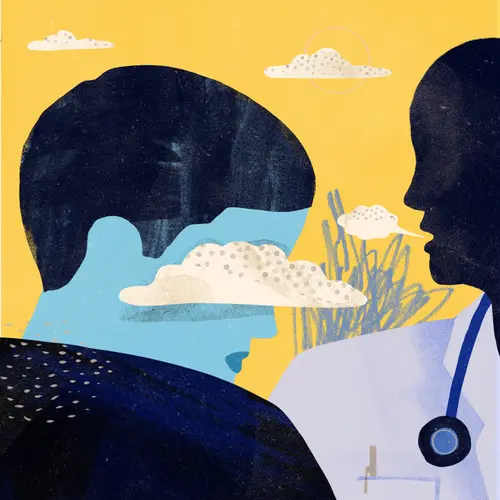What Is Chronic Pain?
About 100 million Americans suffer from chronic pain, defined as pain that lasts longer than six months. Chronic pain can be mild or excruciating, episodic or continuous, merely inconvenient or totally incapacitating.
With chronic pain, signals of pain remain active in the nervous system for weeks, months, or even years. This can take both a physical and emotional toll on a person.
The most common sources of pain stem from headaches, joint pain, pain from injury, and backaches. Other kinds of chronic pain include tendinitis, sinus pain, carpal tunnel syndrome, and pain affecting specific parts of the body, such as the shoulders, pelvis, and neck. Generalized muscle or nerve pain can also develop into a chronic condition.
Chronic pain may originate with an initial trauma/injury or infection, or there may be an ongoing cause of pain. However, some people suffer chronic pain in the absence of any past injury or evidence of body damage.
The emotional toll of chronic pain also can make pain worse. Anxiety, stress, depression, anger and fatigue interact in complex ways with chronic pain and may decrease the body's production of natural painkillers; moreover, such negative feelings may increase the level of substances that amplify sensations of pain, causing a vicious cycle of pain for the person. Even the body's most basic defenses may be compromised: There is considerable evidence that unrelenting pain can suppress the immune system.
Because of the mind-body links associated with chronic pain, effective treatment requires addressing psychological as well as physical aspects of the condition.

